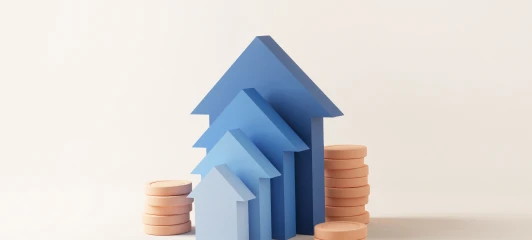Fringe Magnets
New data shows that the under-35s have finally satisfied their appetite for high-density inner-city living. With high dual incomes and a long employment horizon, they’re moving outwards and seeking greener pastures on the inner-suburban fringe. Property values in these areas are undergoing an unprecedented boom, opening up new growth markets in already-established areas.
In a report on Melbourne’s housing preferences, forecaster BIS Shrapnel indicates that, as the children of baby boomers move towards their 30s and childbearing years, they want to retain the convenience of living close to the CBD but with more space to call their own.
As Australia’s second city, Melbourne’s market is less mature than Sydney’s: it still has pockets within 10 kilometres of the CBD that have affordable properties with a sizeable land component.
Recent auctions in Melbourne’s inner suburban fringe confirm this. I’ve attended several auctions in Northcote, five kilometres north of the CBD, where streets become wider and block sizes begin to increase. I’ve seen a huge increase in activity among buyers under 35; mostly young couples expecting their first child and looking for something bigger than their inner city apartment or semi-detached house.
This surge in activity is putting unprecedented pressure on prices in the area. In early October a three-bedroom period house in Northcote was advertised at $550,000-plus, and sold for $697,000. Another was advertised at $500,000-plus and sold for $633,500.
But the growth is not over yet. Comparable properties in Melbourne’s eastern suburbs ' traditionally known as the 'blue-ribbon’ residential area ' sell for closer to $900,000. This means Northcote and neighbouring suburbs such as Thornbury, Coburg and Preston have considerable growth potential.
Although homebuyers are setting the trend, investors can take advantage of the growth potential by including these areas in their investment 'watch lists’.
AUCTION ACTION
Melbourne auction numbers receive a huge boost this week, as vendors who began their auction campaigns after the AFL Grand Final finally get to test the market. Advertised auctions jump from 508 to 788; an increase of more than 50%, and the highest number so far this spring.
Auction numbers are up pretty much across the board. In the inner north, volumes more than double, from 37 to 78. Inner east numbers are up from 72 to 114, and there’s another doubling in the inner south, from 95 to 191.
In Sydney, where football has less effect on property market activity, overall auction numbers drop from 272 to 231. However, as is often the case in Sydney, this trend is not uniform. Auctions in the northern beaches, for example, fall from 28 to 11 this week, yet more than double in Sutherland Shire, from 8 to 18. Further west, in Parramatta, numbers increase from 10 to 16.
Brisbane and the Gold Coast are quieter this week, with overall numbers falling from 220 to 148. Like Sydney, however, the trend is patchy. Auctions in north Brisbane increase from 15 to 25, and fall from 33 to eight in south Brisbane. The sharpest drop is on the Gold Coast, where numbers slump from 63 to 10; underlining the volatility of a development-driven market.
















